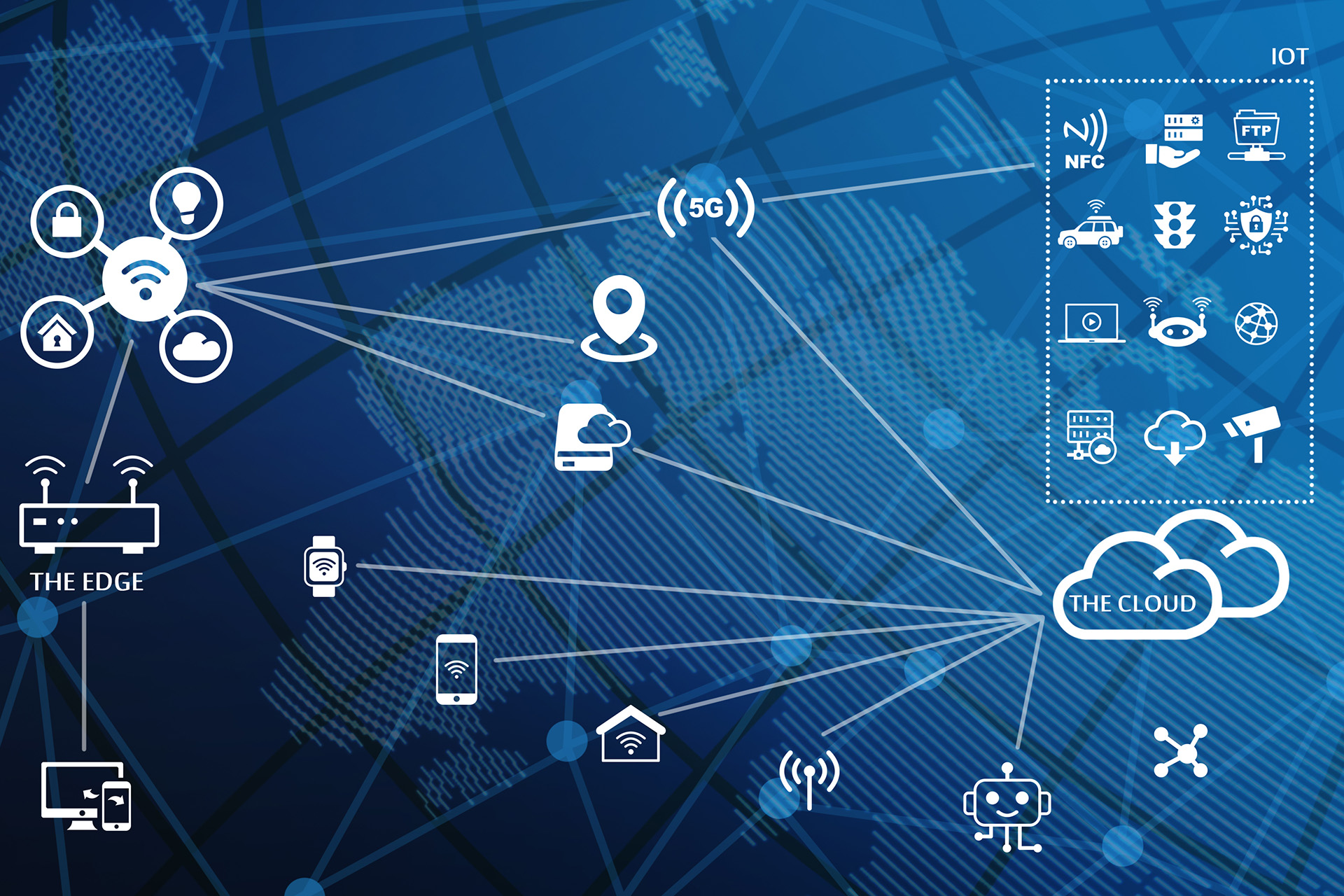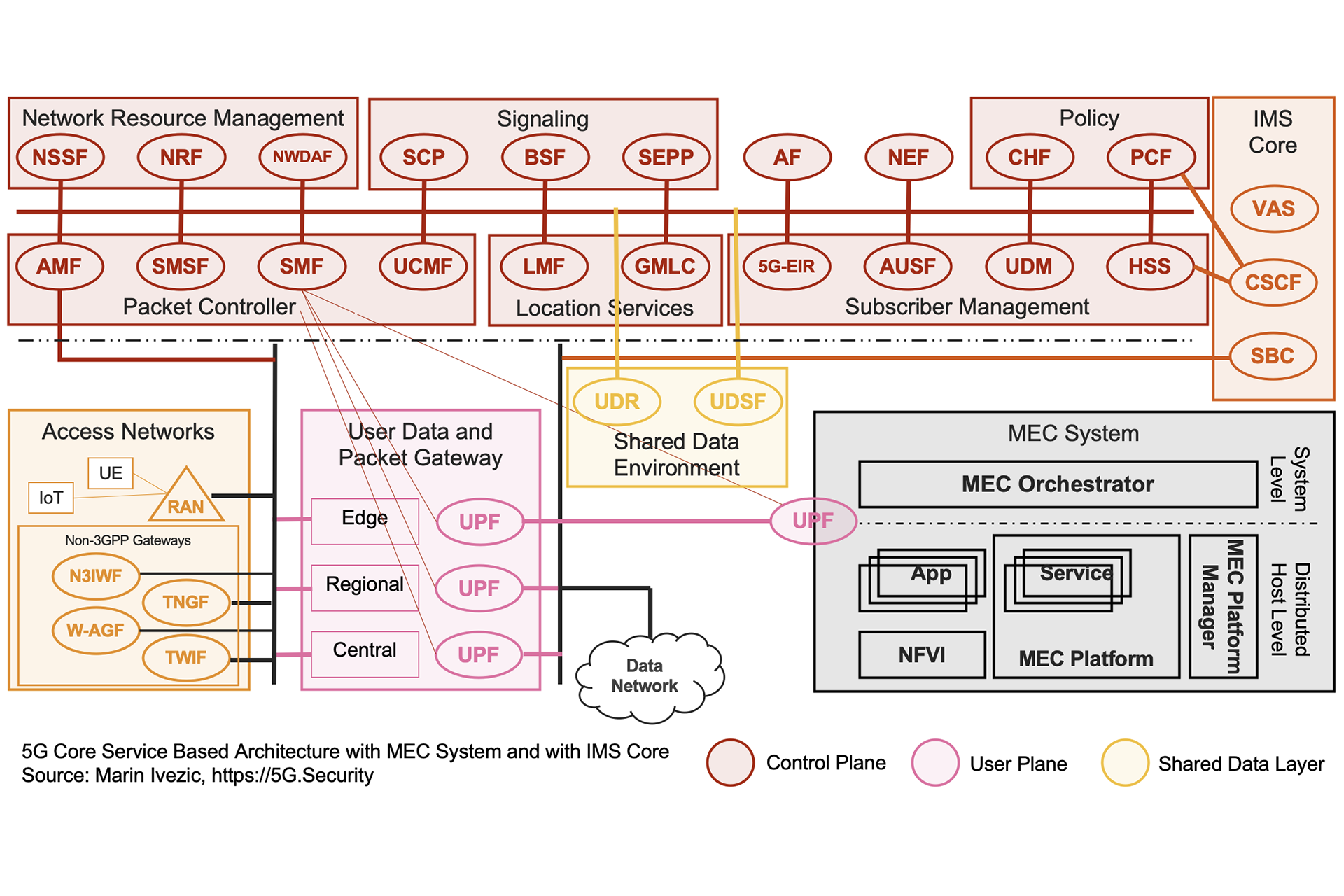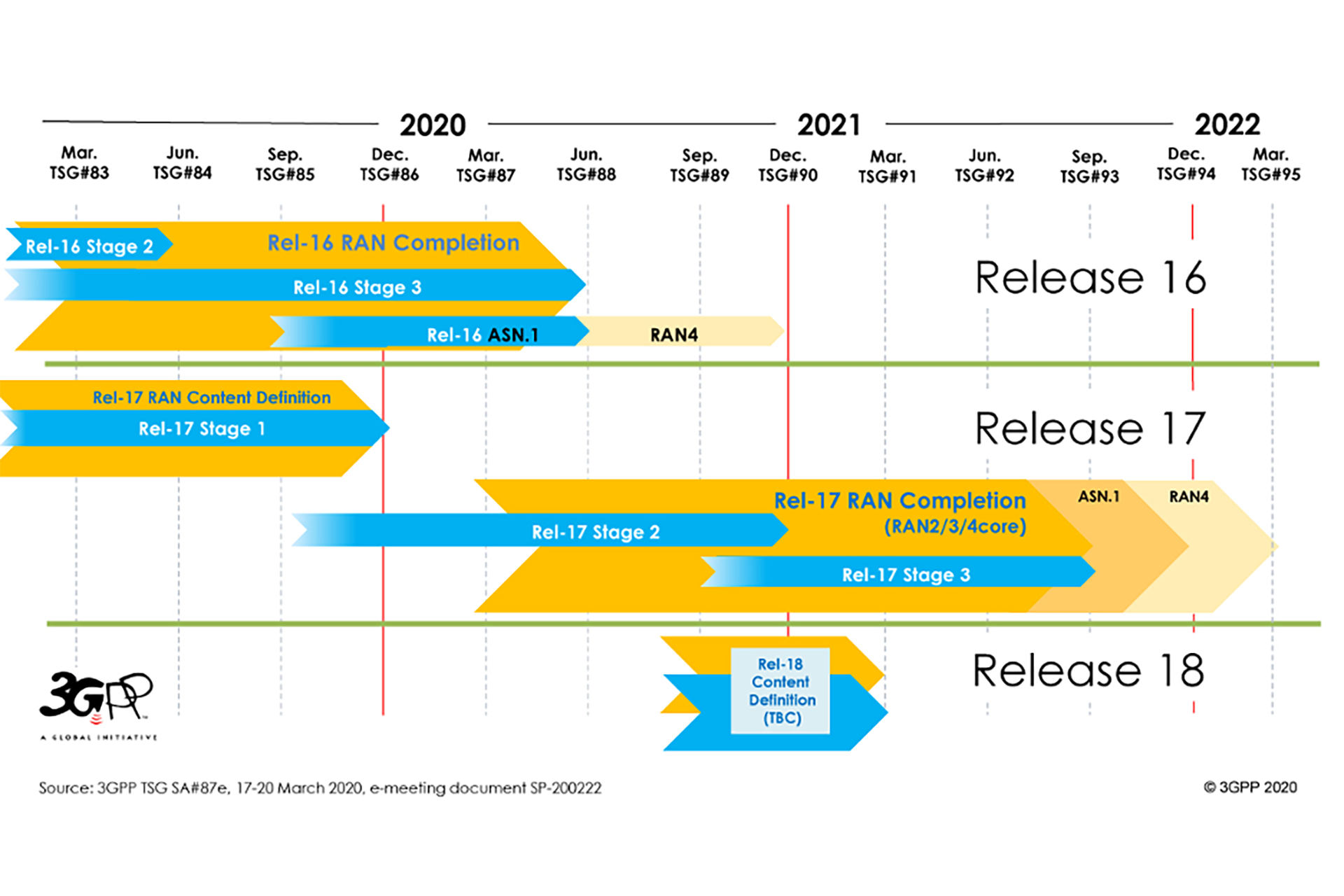-
5G Technology

A Comparison of 5G Core Network Architectures
The 5G Core network is a Service Based Architecture. It evolves the traditional appliance based 4G Core Network to support services. It offers more agility and flexibility. The major building blocks of this architecture include Service-Based Interface: The Service Based Interfaces rely on HTTP/2 The 5G Network Functions: As explained by Ericsson “is built using IT network principles and cloud native technology. In this new architecture each Network Function (NF) offers one or more services…
Read More » -
5G Technology

5G in Manufacturing – 5G and Time Sensitive Networking (TSN) for Industrial Automation
In the recent report by IHS Markit – “The 5G Economy – How 5G will contribute to the global economy” – researchers claimed that manufacturing will garner almost $4.7 trillion in sales enablement by 2035. Or 36% of the $13.2 trillion total opportunity of 5G by 2035. Manufacturing will be by far the largest industry beyond mobile to be impacted by 5G. In the manufacturing sector the adoption will benefit in the short-to-medium term from…
Read More » -
5G Technology

Introduction to 5G Core Service-Based Architecture (SBA) Components
The interest in 5G and mIoT is exploding. It’s exciting to see so many IT and cybersecurity professionals in my network trying to learn more about 5G and related technologies. In addition to my usual articles about the societal impacts of these innovations, I’ll start a series of articles introducing key 5G and mIoT technology concepts. Before we move on to technical aspects of 5G security. Let’s get started with reviewing the 5G core service-based…
Read More » -
Smart Cities

Smart Home / Smart Building Connectivity Options and Their Cybersecurity
In a recent session on smart building cybersecurity, a student cheekily asked me “How did we ever connect anything before 5G?” At that moment I realized I might have been overdoing my 5G cheerleading recently. To atone, here are the key performance and cybersecurity attributes of the most commonly used connectivity technologies in smart home / smart building use cases… And 5G. If you thought that the “traditional” home life is under heavy attack from…
Read More » -
5G & Massive IoT Business

Introduction to 3GPP and 3GPP 5G Releases 15, 16 and 17
In a major milestone for 5G, 3GPP finalized the Release 16 in July – its second set of specifications for 5G New Radio (NR) technology. As a second article in my series of 5G 101 articles, this is a good opportunity to review the 3GPP process and major 5G-related technical specification releases. As well as to clarify some misconceptions about the 5G development process. This article provides an overview of what is 3GPP and its…
Read More » -
5G Security

Does the positive review of Huawei UDG source code quality mean that Huawei 5G is secure and reliable?
No, no it doesn’t. Huawei’s code might as well be extremely secure. Their code is certainly the most scrutinized. But the recent UDG source code review is not an evidence of security. ERNW, an independent IT security service provider in Germany, recently performed a technical review / audit of Huawei’s Unified Distributed Gateway (UDG) source code. Huawei made the summary report available here [PDF]. The review focused on the quality of the source code and…
Read More » -
IoT Networks

IoT Wireless Protocols – Speed & Range – Spreadsheet
IoT Wireless Protocols data rate and range comparison in a spreadsheet format. Includes downloadable Excel spreadsheet.
Read More » -
IoT Networks

IoT Wireless Protocols – Spreadsheet
IoT Wireless Protocols in a spreadsheet format. Includes downloadable Excel spreadsheet.
Read More » -
Cyber-Kinetic Security

NFC Security 101 (Non-5G IoT Connectivity Options)
NFC is a short range two-way wireless communication technology that enables simple and secure communication between electronic devices embedded with NFC microchip. NFC technology operates in 13.56 megahertz and supports 106, 212, or 424 Kbps throughput. There are three available modes of NFC communication: Read/write (e.g. for reading tags in NFC posters) Card emulation (e.g. for making payments) Peer-to-peer (e.g. for file transfers) There is no need for pairing code between devices, because once in range they instantly…
Read More » -
Cyber-Kinetic Security

RFID Security 101 (Non-5G IoT Connectivity Options)
Radio-Frequency Identification (RFID) is a technology commonly used for identification, status administration and management of different objects. It is important for people identification, as it is commonly deployed in the latest biometric passports. It operates in several frequency bands like Low frequency band from 125 kHz to 134 kHz, High frequency band with 13.56MHz working frequency, Ultra-high frequency band with 433 MHz working frequency and 860 – 960 MHz sub-band. In Ultra-high frequency bands there are…
Read More »
- 1
- 2